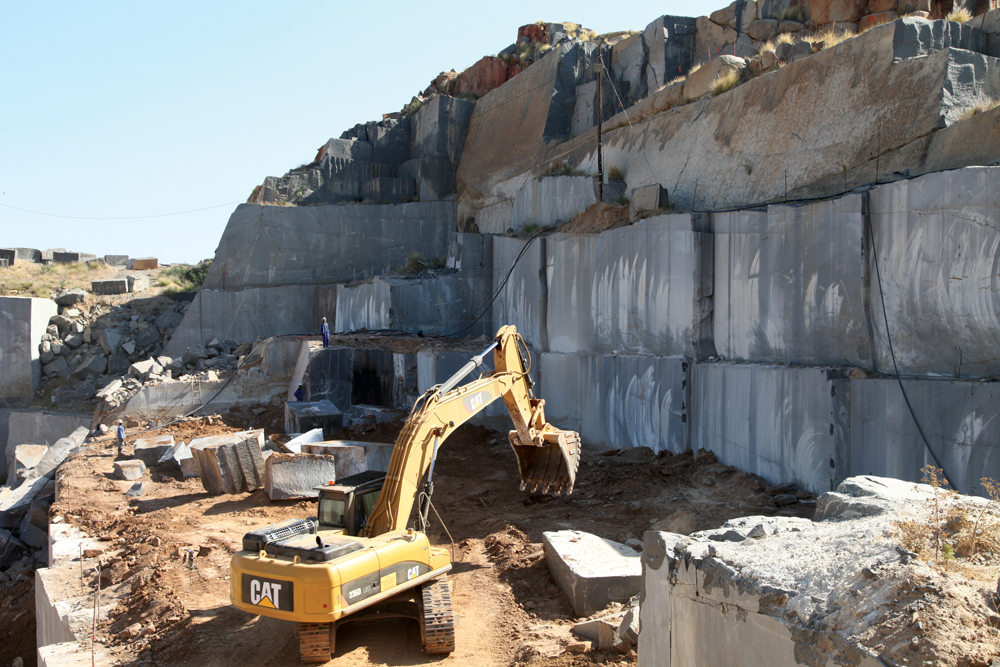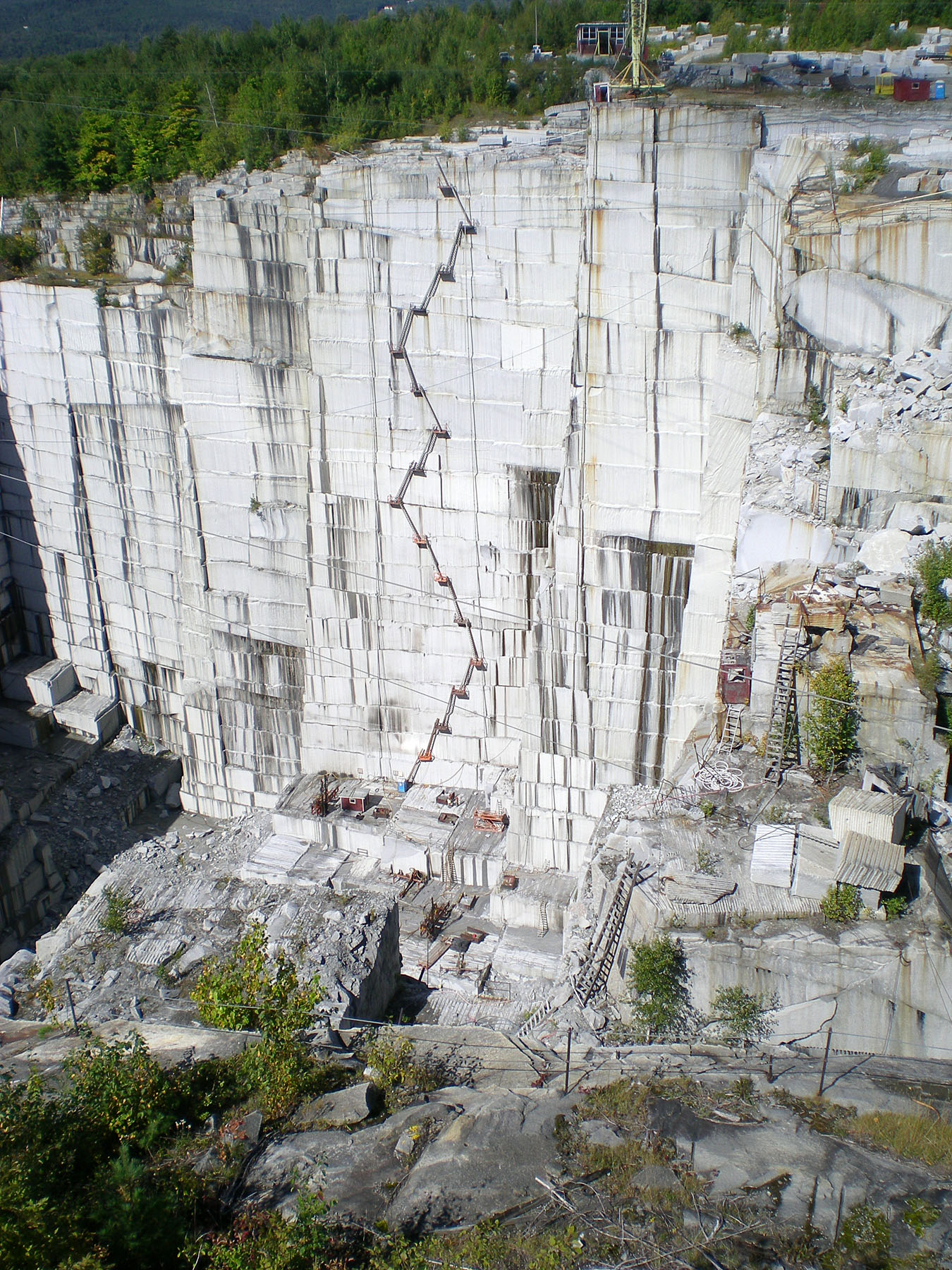A Journey Through Granite Quarries in South Africa: Unveiling Nature's Virtuosity
A Journey Through Granite Quarries in South Africa: Unveiling Nature's Virtuosity
Blog Article
Introducing the Mysteries of Granite Quarrying: Where Strength and Style Meet
The world of granite quarrying is a world where the raw strength of nature merges with human creativity to create frameworks that stand the examination of time with an air of beauty. From the midsts of quarries to the meticulous polishing in workshops, the procedure of transforming granite into building wonders is a complex dancing of tradition and advancement. As we peer right into the depths of this ancient craft, we start to uncover the surprise intricacies that shape the extremely significance of our constructed environment.
The Origins of Granite Quarrying
In the record of architectural history, the origins of granite quarrying are shrouded in a tapestry of ancient workmanship and geological wonders. Going back to ancient Egypt and Mesopotamia, the extraction of granite from quarries marked the beginning of a journey that would at some point result in the development of several of the globe's most iconic structures.
Granite quarrying's roots can be traced to the proficient craftsmens that identified the rock's durability and aesthetic appeal. Via a combination of primitive devices and large resolution, these very early quarry employees uncovered granite blocks that would certainly end up being the building blocks of people.
As human beings progressed, so did the methods of quarrying granite. The Romans, renowned for their design prowess, established sophisticated techniques for drawing out granite to build monoliths, temples, and roads that stood the test of time.
The legacy of these old quarrying methods remains to shape modern-day design, with granite remaining a symbol of toughness and sophistication in building projects around the world. (granite quarries in south africa)
Devices of the Quarrying Trade
The advancement of granite quarrying methods from ancient civilizations to modern-day times highlights the essential duty played by the tools of the quarrying profession in forming the industry's methods. In ancient times, quarrying devices were primary, frequently including chisels, hammers, and wedges made from materials like bronze or iron. These tools called for significant manpower and time to remove granite blocks from quarries.

Furthermore, the intro of pneumatically-driven devices and high-powered equipment has actually dramatically lowered the physical labor called for in quarrying procedures, boosting employee security and efficiency. As the quarrying market continues to innovate, the tools of the profession continue to be at the center of driving progression and forming the future of granite extraction.
Extracting Blocks of Granite
Utilizing accuracy equipment and progressed methods, the extraction of granite blocks from quarries has actually come to be an innovative procedure in the contemporary quarrying market. The initial step entails recognizing the place and size of the granite down payment to establish one of the most effective extraction approach. As soon as an appropriate site is picked, the removal process starts with the exploration of holes for the placement of nitroglycerins. Regulated blowing up techniques are after that utilized to break apart the granite into convenient sections.

Polishing and Finishing Strategies
To achieve a remarkable surface on granite blocks, proficient artisans utilize a collection of careful sprucing up and completing techniques. After the preliminary removal and shaping processes, the granite obstructs undergo a detailed polishing stage to boost their natural appeal and resilience.
Along with polishing, completing techniques are put on more fine-tune the granite's look. These techniques may consist of flaming, honing, or brushing, each offering special appearances and surfaces to match different aesthetic preferences. Flaming, for circumstances, includes subjecting the granite visit the website surface area to high temperatures to produce a harsh, textured surface, perfect for outdoor applications where slip-resistance is vital. Sharpening, on the other hand, offers a matte coating that is smooth to the touch, excellent for indoor countertops and flooring. By very carefully picking and using these polishing and finishing methods, artisans can transform raw granite obstructs right into elegant items that showcase both stamina and sophistication.

Ecological Impact and Sustainability
With the expanding emphasis on ecological awareness in the industry, granite quarrying techniques are progressively scrutinized for their influence on natural resources and lasting sustainability. Quarrying for granite can have significant ecological implications. The extraction procedure frequently entails the use of heavy equipment, explosives, and big quantities of water, causing environment destruction, dirt disintegration, and water pollution. Furthermore, site link the transport of granite from quarries to processing centers creates carbon emissions, even more adding to ecological degradation. granite quarries in south africa.
To alleviate these influences and ensure sustainability in granite quarrying, industry stakeholders are embracing different procedures. Applying innovative modern technologies to reduce energy consumption and water usage, recovering quarried land for environmental reconstruction, and advertising liable sourcing practices are some strategies being employed. Furthermore, certifications such as the Forest Stewardship Council (FSC) and the Management in Power and Environmental Layout (LEED) aid customers determine ecologically friendly granite products.
Verdict
Finally, granite quarrying is a process that calls for specialized tools and strategies to essence blocks of granite and polish them to a high degree of finish. While the ecological effect of quarrying can be significant, efforts are being made to boost sustainability practices in the market. Generally, granite quarrying is a delicate equilibrium between harnessing the toughness and sophistication of this all-natural stone while minimizing its effect on the atmosphere.
Report this page